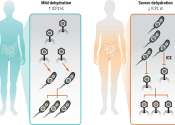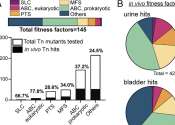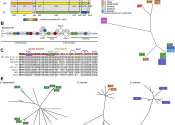Study underscores new strategies to fight drug-resistant bacteria
Several billion years ago, a genetic arms race began between bacteria and their viral killers. This seemingly eternal struggle continues today, with implications for diseases killing tens of thousands of people around the ...





